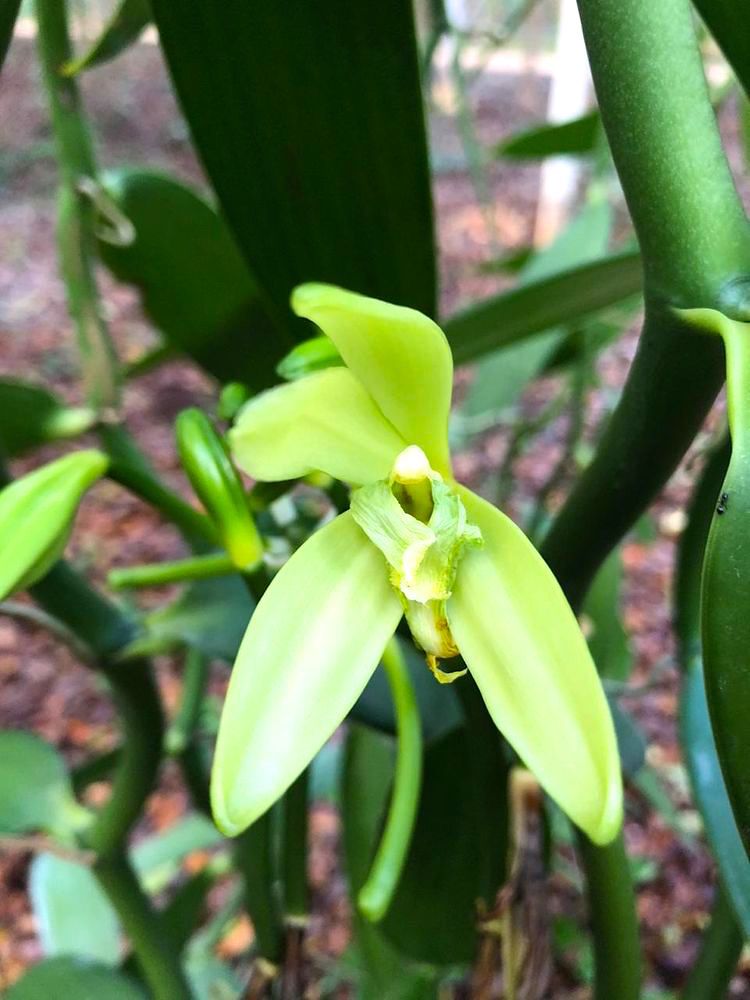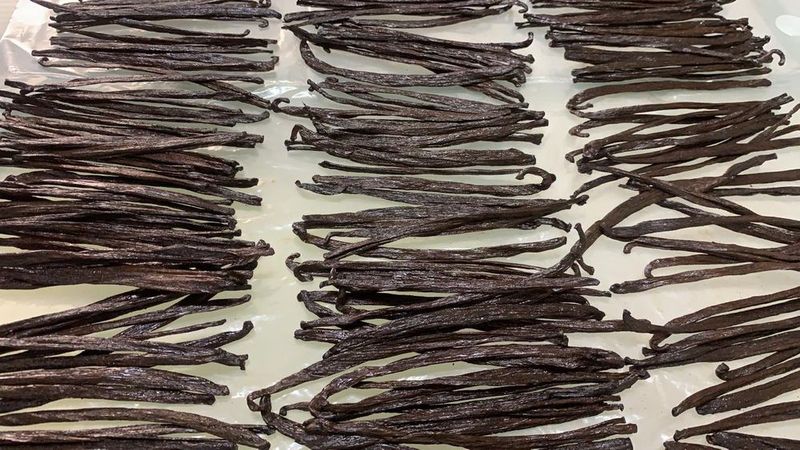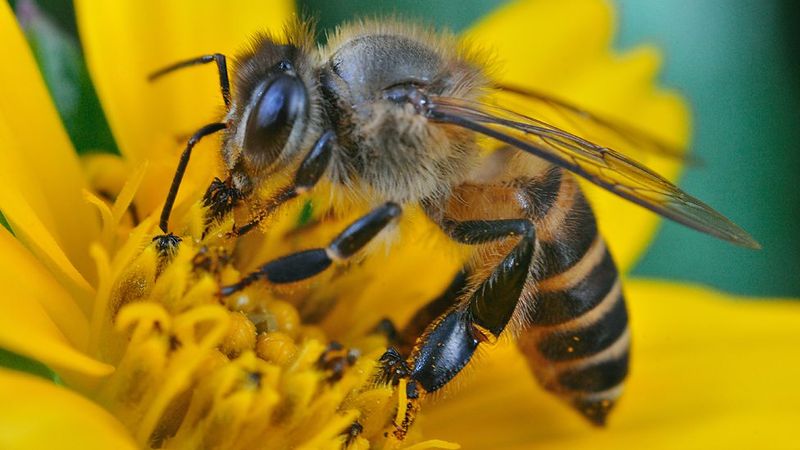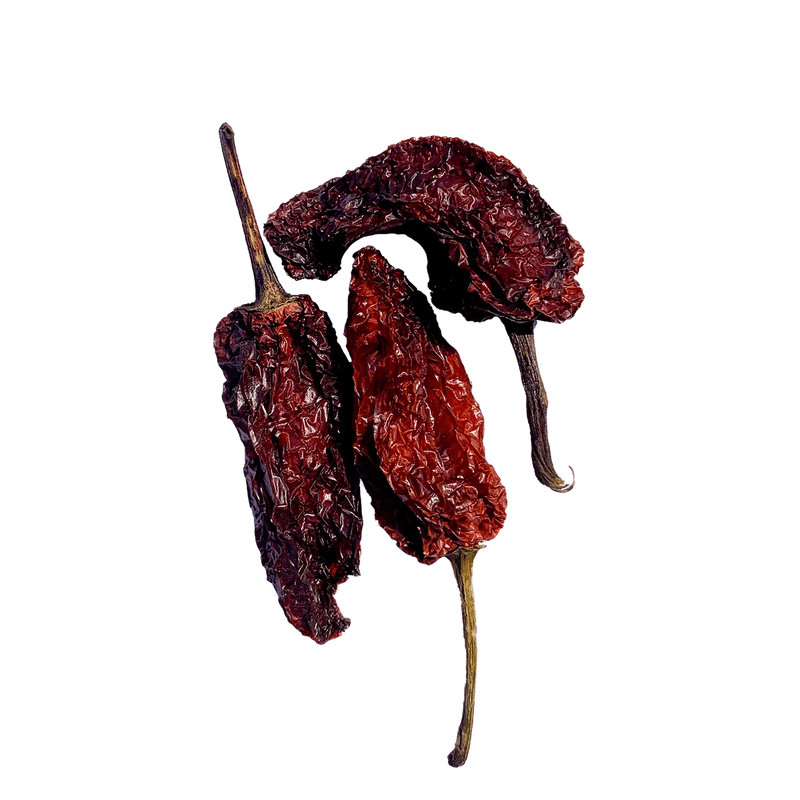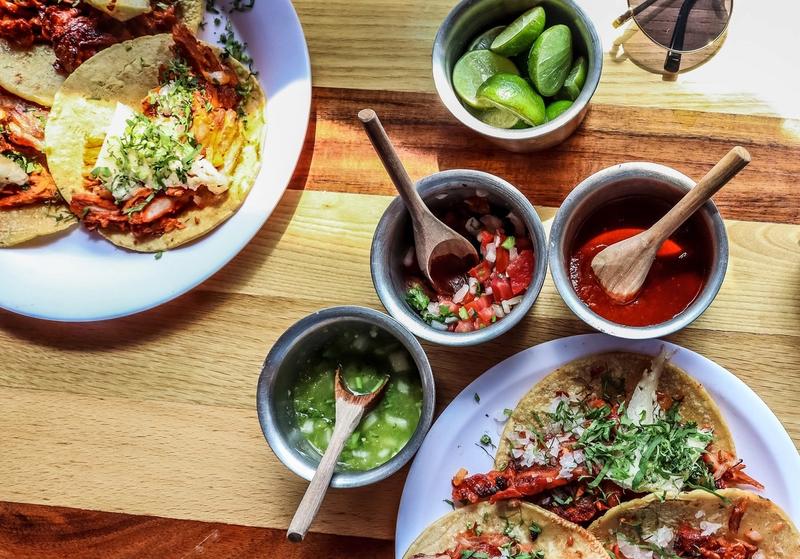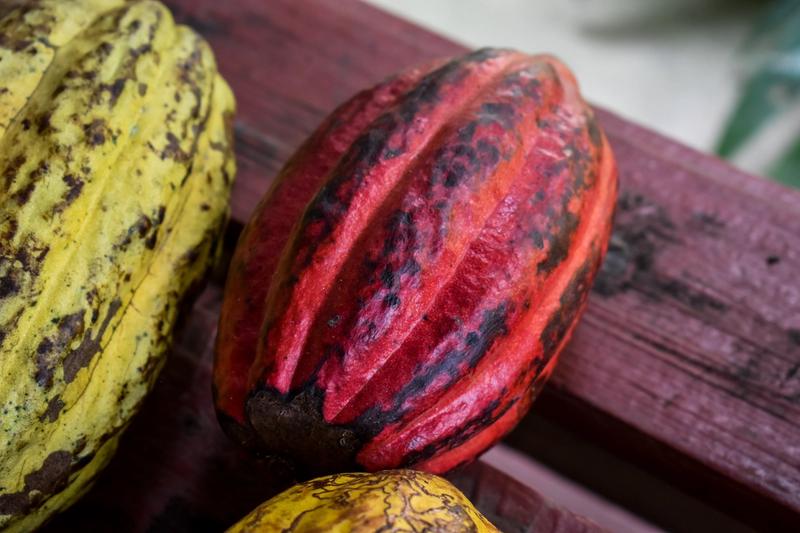The Origin of Vanilla
Vanilla is believed to have been initially cultivated by the Totonac people in Mexico, in the region of Totonacapan. This region is now encapsulated by the state of Veracruz in modern-day Mexico. It is unknown how long exactly the Totonac had known about and cultivated Vanilla, but in the 15th century, the Aztecs successfully conquered the Totonacs.
Going forward the Aztecs would get a large part of their tribute from the Totonacs in the form of Vanilla - and the Aztecs, in turn, used the vanilla for their Chocolatl - that name rings a bell doesn’t it? Of course, cacao also originates from Mesoamerica, hence the appropriation of the word “chocolate” into the European vocabulary.
When the Spaniards in turn came and took the land from the Aztecs, vanilla was one of the first spices/ingredients to be brought home. Hernan Cortez was the European “discoverer” of vanilla, and he brought home a large supply of vanilla to the Spanish royal court. From there it spread quickly into the European palate, but only as an additive in chocolate products.
In the early 17th century when Queen Elizabeth’s apothecary invented non-chocolate vanilla-flavored sweetmeats, vanilla became a core ingredient in its own right. By the early 18th century the French were using vanilla to flavor everything from ice-cream (discovered by non-other than Thomas Jefferson in the 1780s) to pastries, but it wasn’t until 1805 that the first known vanilla recipe appears in cookbooks, when Hannah Glasse wrote: “The Art of Cookery” which suggests adding “vanelas” to chocolate.
